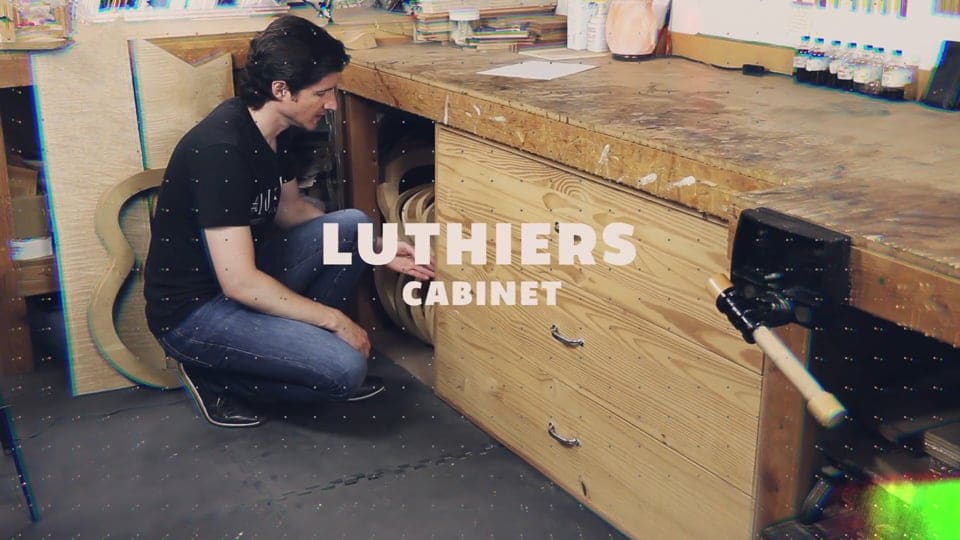Or Scroll Down To Learn More
For All Skill Levels
All Types Of Guitars
New Builds Or Repair
Companion Photo Tutorial
Learn Guitar Humidity Fundamentals & Advanced Applications
With This Highly Detailed Online Video Course For Guitar Builders
Course Sample Video
Course Outline
Your Title Goes Here
Your content goes here. Edit or remove this text inline or in the module Content settings. You can also style every aspect of this content in the module Design settings and even apply custom CSS to this text in the module Advanced settings.
Humidity Fundamentals
Humidity Measurement & Tools
Wood Storage
Workshop Layout
Wood Movement & Cuts
Advanced Applications
In this course, you’ll learn the importance of relative humidity and how to control it in your workshop to stabilize and protect your guitars during construction and after they leave your shop. This fundamental level of understanding is vital to all guitar makers. In this course, we go much, much deeper to help you gain a deeper and more intuitive understanding of the wood we use for guitar making, how it reacts to and is affected by water, how we can use that to build better, and more stable guitars. We start with the essential fundamental concepts and even explore the wood cell structure itself, the different kinds of water it contains, and how they change the wood when removed. Then we explore the subtleties of how the wood behaves and moves relative to its cut, shape, grain direction, and more. Next, we continue building upon this understanding and explore more advanced applications of this understanding that have helped me improve my guitars and that I believe will enrich your guitar building process and bring your guitars to a higher level of quality and stability.
13 Videos
Humidity Fundamentals & Advanced Applications
Is Included With A Luthier’s EDGE Membership
I just finished your humidity course. Nice job! It was very informative and I gained some new insights into how to measure, adjust, and control the humidity in my shop and why to adjust my glue joints.

Get Access To This Course & Many More
When You Join The Luthier’s EDGE


